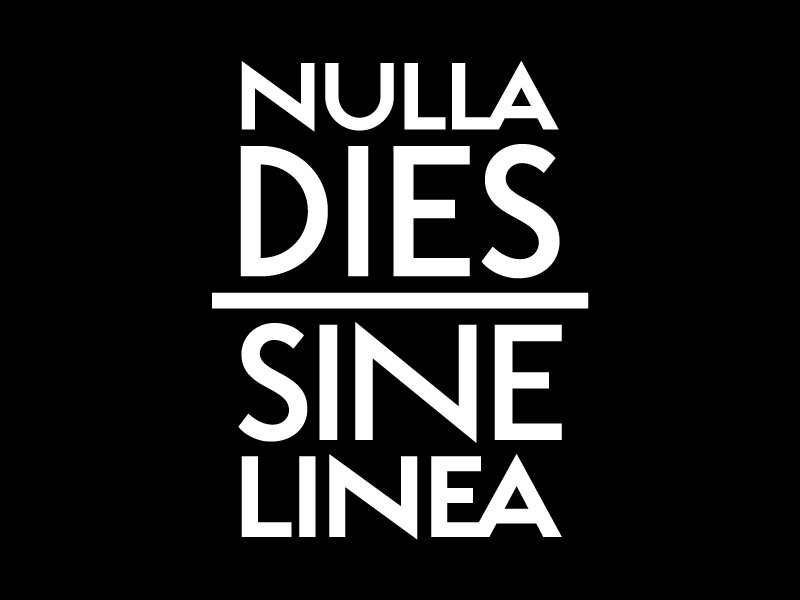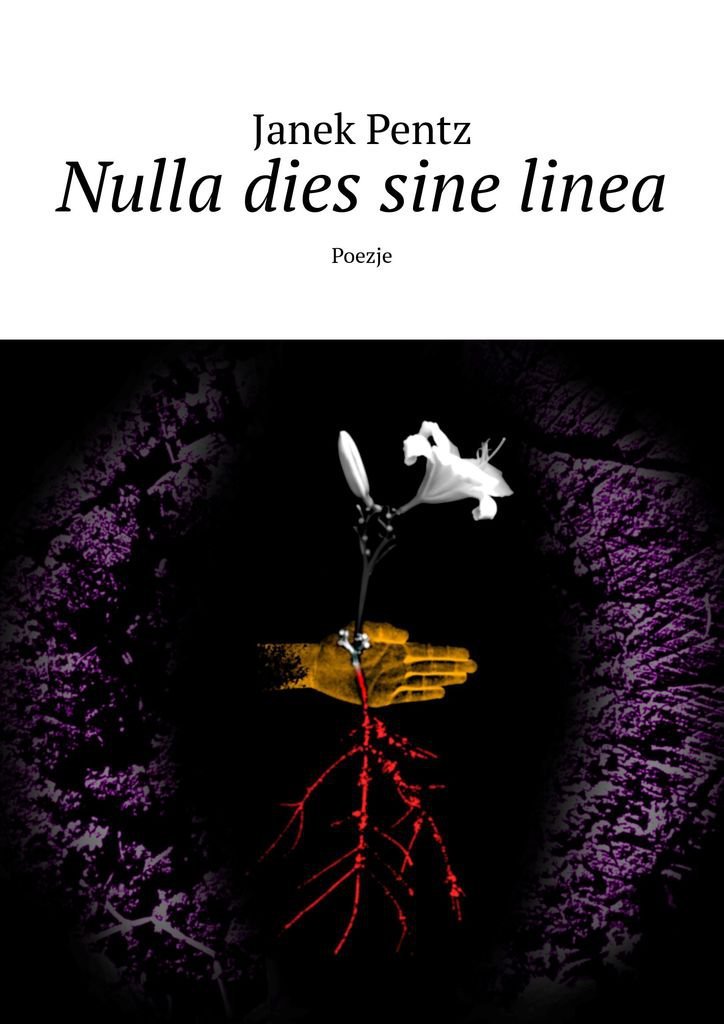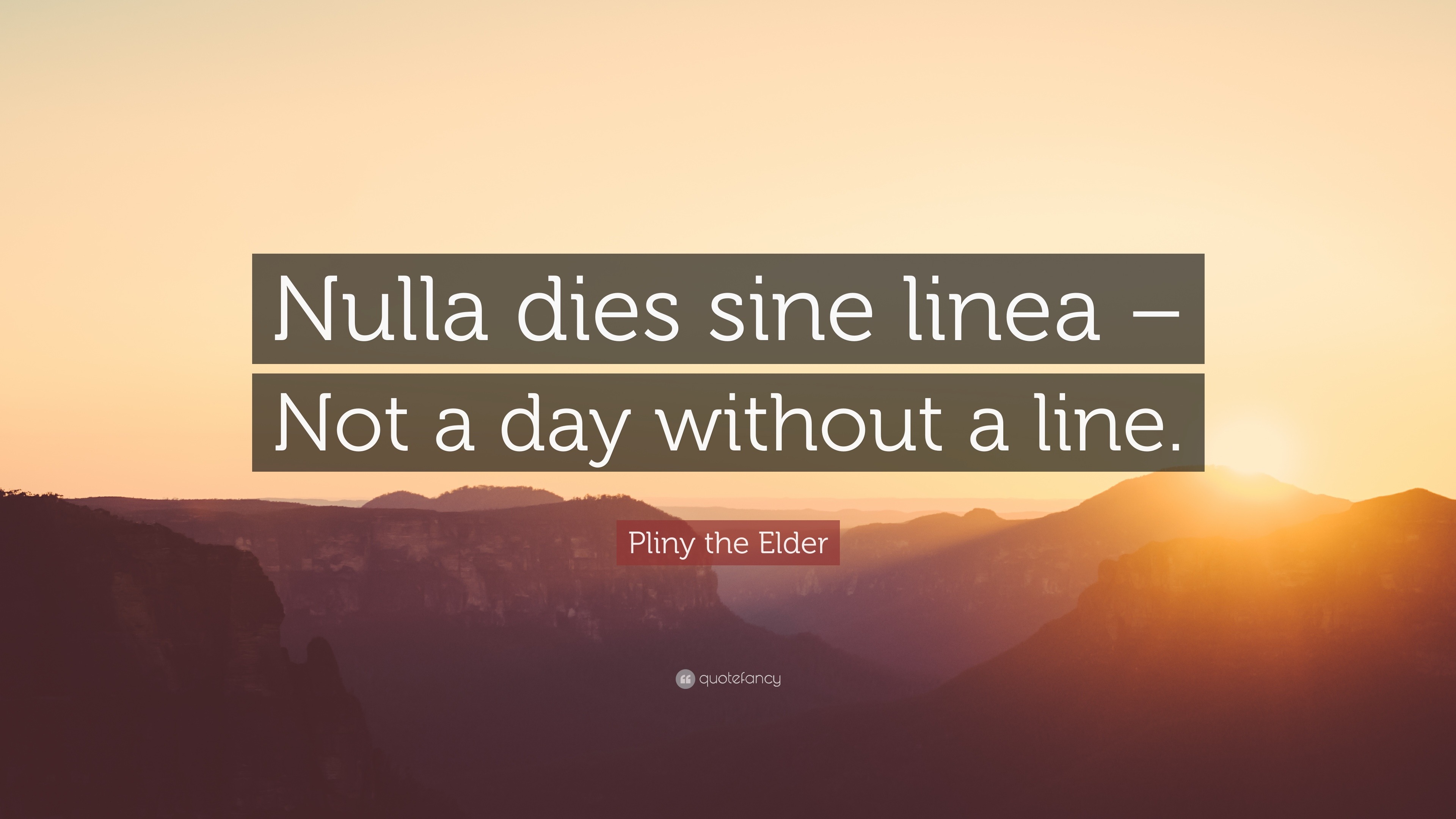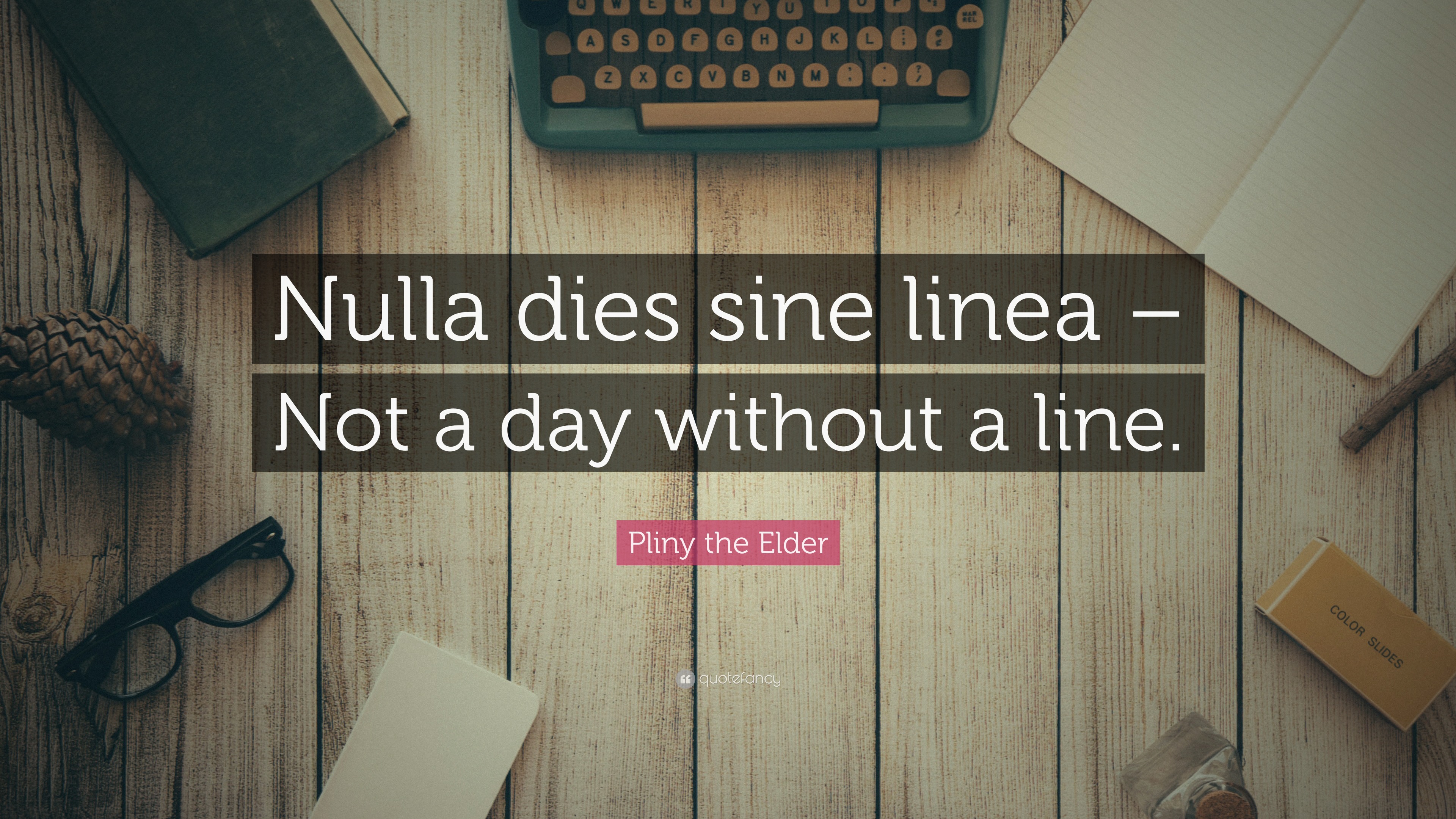
"Nulla dies sine linea" by centoo10 Redbubble
Nulla linea sine Deo (No one single line without God). And on the next page, he added, Expect God . We are used to the cliché expression nulla dies sine linea (no one day without a single line), attributed to Pliny the Elder (23-79 aC.), so recurrent in the academic world; but I would like to emphasize the originality of Cooley's phrase, which is a very appropriate manifestation of his.

Pliny the Elder Quote “Nulla dies sine linea Not a day without a line.”
Nulla dies sine linea - schon der Maler Apelles übte jeden Tag den perfekten Pinselstrich, um seine Technik zu verfeinern. Protestantisches Arbeitsethos. Kierkegaards unablässiges Schreiben an seinem publizierten Werk und an seinen Journalen lässt sich auch noch in einen anderen protestantischen Kontext stellen, den Max Weber Anfang des 20

Pliny the Elder Quote “Nulla dies sine linea Not a day without a line.”
Nulla dies sine linea. Carlo Scarpa and the Castelvecchio Museum. Italy, 2011, 30' Memoriae Causa Carlo Scarpa and the Brion Monumental Complex Italy, 2007, 52' Giancarlo Vitali. Time Out Italia, 2017, 19' Cy Dear Italy, 2018, 92' Depero. Rovereto, New York and Other Stories Italy, 2015, 72'

Nulla dies sine linea., Festskrift till Ian Wiséhn. MGM Münzgalerie
Nulla dies sine linea is a Latin phrase meaning "no day without a line". The idea was originated by Pliny the Elder (Natural History, XXXV, 84), where the idea applies to the Greek painter Apelles, who did not go a day without drawing at least one line.The phrase itself is attested for the first time in the Proverbiorum libellus by Polydore Vergil (1470-1555).

Nulla dies sine linea on Behance
Nulla dies sine linea est une locution latine qui signifie « pas de jour sans une seule ligne ». Elle trouve sa source chez Pline l'Ancien (Histoire naturelle, XXXV, 36 [1]), où l'idée s'applique au peintre grec Apelle, qui ne passait pas une journée sans tracer au moins une ligne.Mais c'est seulement dans le Proverbiorum libellus de Polydore Virgile [2] (1470-1555) que la locution elle.

NULLA DIES SINE LINEA by Giulio Bordonaro on Dribbble
Nulla dies sine linea es una locución latina que significa «ningún día sin una línea». La frase tiene su origen en Plinio el Viejo (Historia natural, XXXV, 84), donde se atribuye la sentencia al pintor griego Apeles de Colofón, de quien se dice que no pasaba ningún día sin pintar al menos una línea. [n 1] La frase aparece citada como proverbio por primera vez en la compilación.

Convegno Nulla dies sine linea 28 Novembre 2014 YouTube
Nulla dies sine linea is a Latin saying which can be literally translated into: 'Not a single day without a line'. In his book Naturalis Historia , Pliny the Elder (23-79 AD) attributes this maxim to Apelles of Kos, an ancient Greek painter. Apelles lived in the fourth century BC and was a renowned artist who worked at the court of Philip II of Macedon.

Pin by Özlem Mehder on Nulla dies sine linea Fountain pen, Pen, Ink
The lesson from this passage is that everyone, no matter how talented, has to practise regularly and, to really improve, everybody needs to keep practising on the very basic elements of his/her art. Nulla dies sine linea is a Latin saying which can be literally translated into: 'Not a single day without a line'. In his book Naturalis Historia , Pliny the Elder (23-79 AD) attributes this.

Pliny the Elder Quote “Nulla dies sine linea Not a day without a line.”
The last saying Pliny attributes to Apelles refers to the painter's diligence at practising his art every day: Nulla dies sine linea—"Not a day without a line drawn." Apelles was also reportedly [14] asked why he touched and retouched his paintings so continually, trying to achieve perfection (at least in his own mind); to which he replied, "I paint for eternity."

Nulla dies sine linea. Poezje Pentz Janek Ebook Sklep
nulla dies sine linea ‹. dìes. lìnea› (lat. «nessun giorno senza una linea»). - Frase attribuita da Plinio (Nat. hist. XXXV, 36) al pittore greco.

Nulla Dies Sine Linea
Nulla Dies Sine Linea By V. Penelope Pelizzon. On my birthday. A crow guffaws, dirty man throwing the punch of his . one joke. And now, nearer, a murder . answers, chortling from the pale hill's brow. From under my lashes' wings they stretch . clawed feet. There the unflappable years

Nulla Dies Sine Linea at best price in Pune by S A Electronics ID
Nulla dies sine linea is a Latin phrase meaning "no day without a line". The idea was originated by Pliny the Elder , where the idea applies to the Greek painter Apelles, who did not go a day without drawing at least one line. The phrase itself is attested for the first time in the Proverbiorum libellus by Polydore Vergil .

Pliny the Elder Quote “Nulla dies sine linea Not a day without a line.”
Rate the pronunciation difficulty of nulla dies sine linea. 3 /5. (8 votes) Very easy. Easy. Moderate. Difficult. Very difficult. Pronunciation of nulla dies sine linea with 6 audio pronunciations.

Nulla dies sine linea
Nulla dies sine linea. Not a day without a line. Do something every day! (Apeles, Greek painter) aborigineus absolutionis dies abstinens abstinenter abstinentia abstineo accidinetum Acta est fabula, plaudite! Ad hominem Ad libitum (Acronym 'ad lib')

NULLA DIES SINE LINEA Carlo Brusadin
In her lap is an open book with the artist's motto: Nulla dies sine linea (Never a day without a line). Behind her are eight Utrecht painters: Abraham Bloemaert, Gerard van Honthorst, two unidentified, Jan van Bronckhorst, Roelandt Saverij, Joachim Wtewael, and Paulus Moreelse. Apprentices sit at Minerva's feet drawing.

Pliny the Elder Quote “Nulla dies sine linea Not a day without a line.”
This last is in fact the focus of Nulla Dies Sine Linea. Marras stands at the center of a poetic universe comprising different languages, oscillating among digressions from one material to another, from one technique to another, and from one expressive form to another. This volume presents a series of new and previously seen installations and.